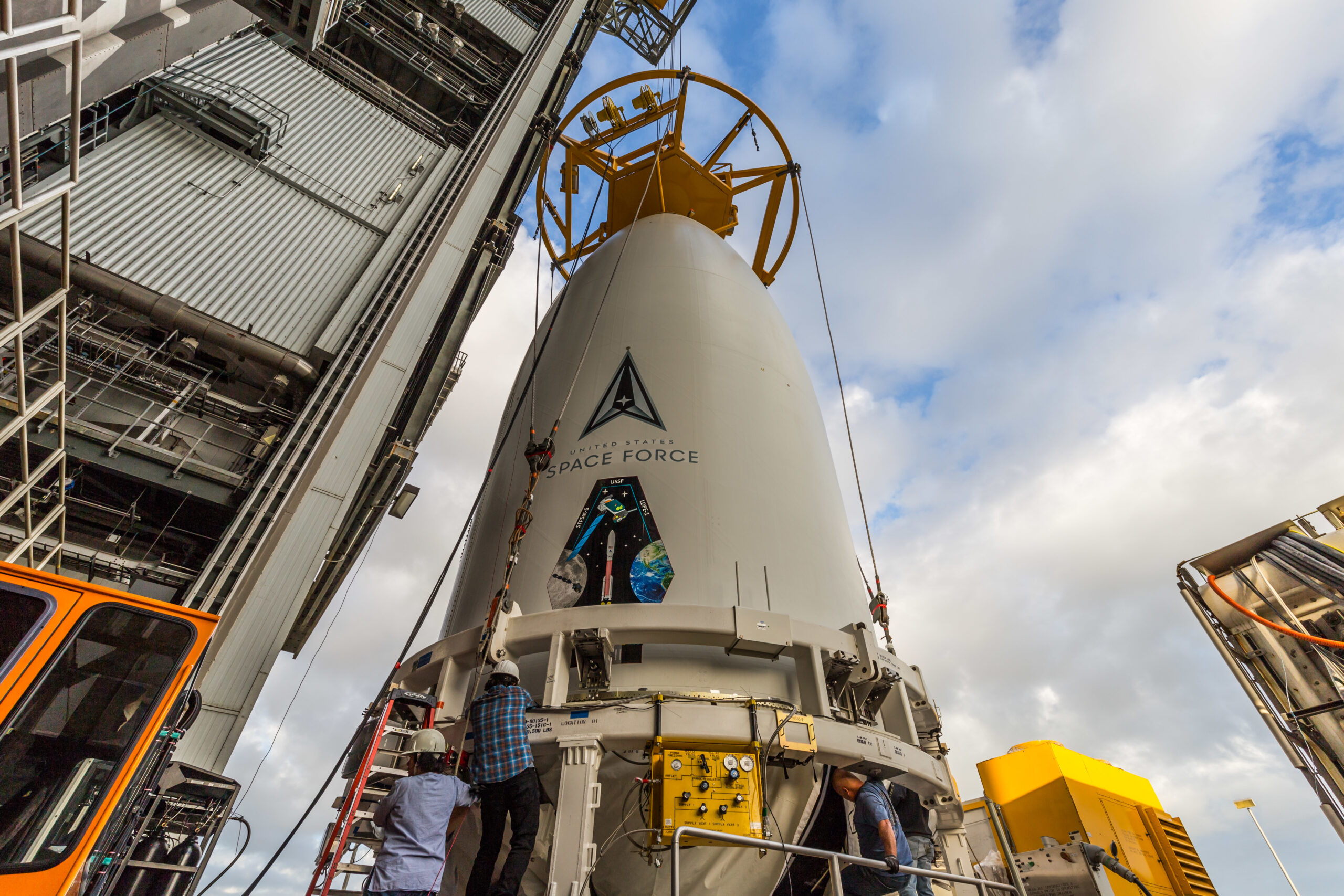Products You May Like
WASHINGTON — The U.S. Space Force is soliciting bids from commercial satellite manufacturers for a 10-year procurement of small satellites to carry experimental payloads to space.
The Space Test Program office on May 23 issued its final request for proposals for the Space Test Experiments Platform (STEP) 2.0 contract — an indefinite delivery/indefinite quantity (IDIQ) deal aimed at harnessing the commercial small satellite market.
The STEP 2.0 procurement is estimated to be worth up to $237 million.
The Space Systems Command, which oversees the STP office, will select vendors that can manufacture small satellite buses, or pre-built spacecraft with capacity to host various experimental military payloads and sensors. These companies will compete for individual task orders to build the buses and integrate them with different payloads.
“By leveraging commercially developed spacecraft and fostering industry partnerships, STEP 2.0 aims to accelerate the development of cutting-edge space technologies over the next decade for the Department of Defense and their mission partners,” Lt. Col. Brian Shimek, director of the STP, said in a release.
Schedule challenges
The STP provides a pathway for the Pentagon and other government agencies to test prototypes and new space capabilities in orbit. But scheduling challenges have long plagued the program, making it difficult to sync payload timelines with available launch opportunities.
Under STEP 2.0, the military is seeking commercial satellite providers that can deliver a steady cadence of small, standardized satellite buses capable of hosting various technology experiments.
Proposals are due in July, with the first task orders expected in September. A draft solicitation for STEP 2.0 was issued a year ago.
The contract vehicle is intended to help the Space Force secure affordable rideshare launches by bundling multiple experimental payloads on a single small satellite. The STP also facilitates research experiments aboard the International Space Station to take advantage of the microgravity environment.
